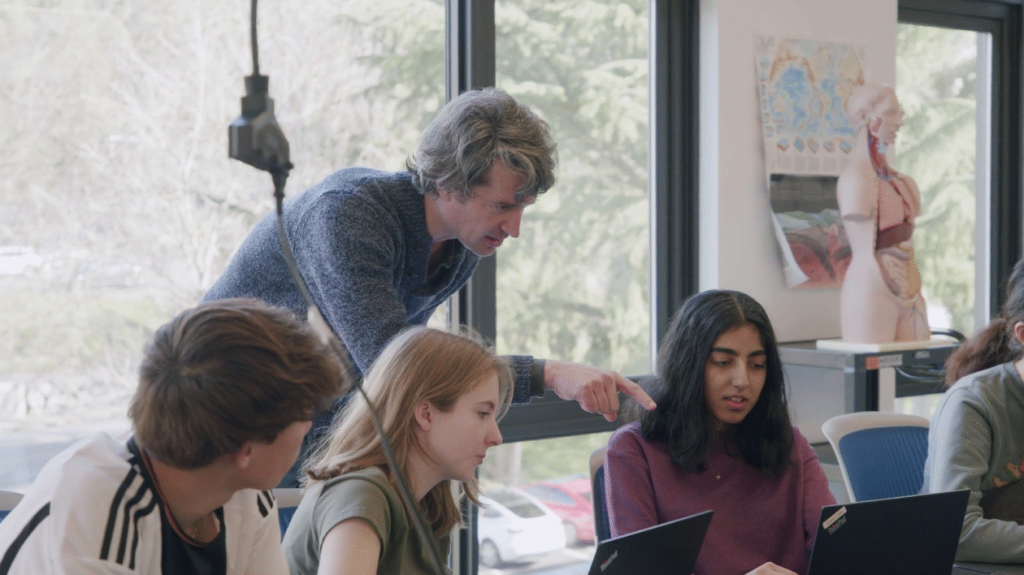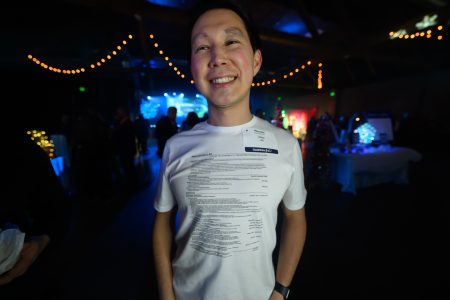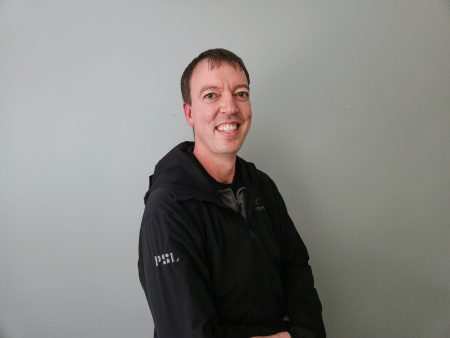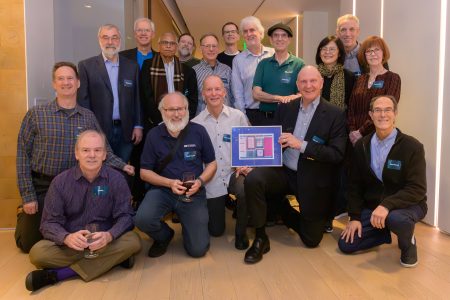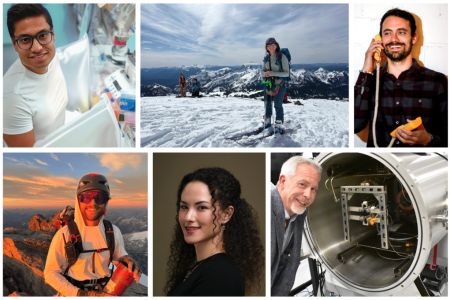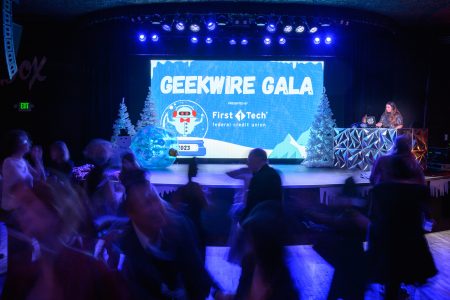Navigating the New AI Classroom: Educators and Students Chart an Uncertain Course
In the tech-forward communities surrounding Seattle, schools are grappling with artificial intelligence’s rapid integration into education. As Jonathan Briggs, technology director at Eastside Prep in Kirkland, candidly admits, “Nobody really knows how to do this.” This uncertainty captures the essence of education’s AI moment – a blend of promising opportunities and legitimate concerns as students, teachers, and administrators navigate uncharted territory. Nearly three years after ChatGPT’s release, most schools have moved beyond simple bans to more nuanced approaches, recognizing that AI is here to stay. The question now isn’t whether to use AI, but how to use it thoughtfully in ways that enhance rather than undermine learning.
The 2024-25 school year marks a significant turning point, with AI officially becoming a national education priority following a White House executive order in April. The order established an AI Education Task Force, launched innovation challenges, and allocated funding for teacher training – all with the stated aim of maintaining America’s global technological leadership. But the reality on the ground is more complex. In classrooms across Washington state, educators like Chad Marsh, a 20-year veteran English teacher in the Lake Washington School District, express genuine concerns. Marsh worries that AI allows students to sidestep the productive struggle that builds critical thinking skills. “Someone has basically generated your thoughts for you,” he notes, concerned that students’ writing and thinking aren’t evolving when machines do the work. He also laments how imperfect AI detection tools sometimes create an “adversarial” classroom environment by wrongly flagging students’ original work. Yet despite these concerns, Marsh believes ignoring AI would be the worst approach.
Washington state is positioning itself as a national leader in AI education policy, becoming the fifth state to issue AI guidance and the first to publish a human-centered framework for its application in schools. In January 2024, the Office of Superintendent of Public Instruction released its “Human-AI-Human” framework, which emphasizes that AI should enhance, not replace, human learning. State Superintendent Chris Reykdal acknowledged the reality that “tens of thousands of students and educators are already using AI,” and that the framework aims to “put some shape and definition around this usage.” The guidance stresses that AI should support “human control and inquiry,” serving as a tool for production but “never as the final thought, product, or paper.” This approach appears to be gaining traction across districts. Seattle Public Schools, which initially banned ChatGPT in 2023, has pivoted to viewing AI as a potential learning resource when used ethically. Similarly, Bellevue School District is incorporating the state’s framework while focusing on AI’s potential for formative assessment and personalized learning.
Students themselves are active participants in this evolving conversation. In a May 2025 seminar, members of Washington’s student leadership organizations described using AI as a learning supplement rather than a substitute. They reported using AI tools for brainstorming, clarifying complex concepts, refining their writing, and generating practice materials. Many appreciated the personalized guidance and immediate feedback AI can provide. However, students also recognized significant limitations – AI can be inaccurate, rigid, and repetitive. More fundamentally, as Sammamish High School junior Paree Raval observed, AI sometimes “takes away from the beauty of learning” by circumventing the intellectual struggle that builds deeper understanding. Students also expressed frustration with inconsistent AI detection software that sometimes flags human-written work as AI-generated, creating unnecessary tension between teachers and students. Jordan Verkh-Haskell, a computer science graduate, emphasized that AI output “can’t be used as a final version of anything, and it always has to be fact-checked.”
Amid these challenges, innovative approaches are emerging. At the University of Washington, Professor Min Sun is pioneering a model that envisions AI as a “third agent” in the classroom, working alongside teachers and students. Her platform, Colleague AI, helps teachers streamline lesson planning while offering adaptive tools to support students’ individual needs. The impact can be remarkable – in Federal Way, a 7th-grade math teacher using Colleague AI saw her students more than double their expected growth benchmarks by midyear. At Eastside Prep, teachers are using similar tools to create complex lesson plans that might otherwise be too time-consuming, such as generating governance scenarios for Washington state history classes. To maintain healthy boundaries, the school has cultivated a culture of transparency, with a simple guideline: if students are excited to tell their teacher how they used AI, it was probably appropriate; if they feel they need to hide it, it likely wasn’t.
Looking ahead, educators and researchers see AI’s potential to address educational inequalities while acknowledging the risks of over-reliance. Sun argues that banning AI would only widen the digital divide, suggesting instead that thoughtful integration coupled with infrastructure investment and accessible tools is the better approach. She envisions future classrooms where teachers, students, and AI collaborate effectively, though the exact form of that AI remains uncertain. What is becoming increasingly clear is that education must redefine which skills matter most in an AI-driven world. As classrooms continue to evolve, the challenge will be finding the right balance – using AI to enhance human capabilities without replacing the essential cognitive processes that build deeper understanding. In Briggs’ words, despite all the technological advancement, successful education “is actually about people in the end.” The key is ensuring AI works with students and teachers, not for them or instead of them – augmenting human potential rather than diminishing it.



